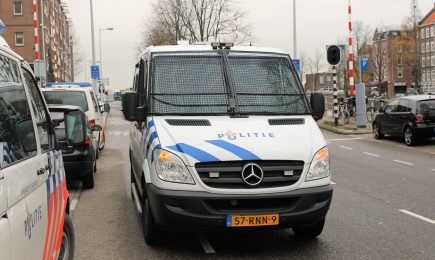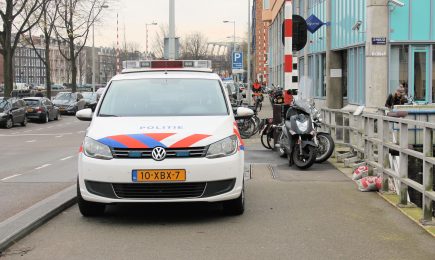Context/Background
Preventing crime (including terrorism), incivilities and fear of crime asks for a partnership approach including several (very) different stakeholders. From local authorities and police to planners, designers, citizens’ and businesses. Stakeholders with different approaches, possibilities, budgets, and professional languages. Hence, a standardized process, agreement on principles and terminology/definitions is crucial.
Objectives and Method
Standardization (national/ European/ worldwide) evidently helps if a specific partnership in a specific project agrees to comply with a given standard. There are several standards on crime prevention products, but also on processes and principles (e.g. the new European standard CEN TS 14383-2:2022 available from every national standardization institute). Use of this type of standards (there are other/more standards on crime prevention available) will make (international) cooperation and partnerships more effective and efficient.
Who are the end users?
All stakeholders involved in local/regional crime prevention projects: local authorities, police, citizens’/residents, businesses, (urban) planners/designers and managers, housing associations, ngo’s, etc.
Evaluation
Official European Standards – like the ones published by CEN – are ratified beforehand by 34 European countries after a lengthy process of making a standard. Furthermore, they are checked in practice and re-edited once in a while to incorporate new experiences and development and then supersede the old version of a standard. In the case of CEN TS 14383-2 an extra evaluation was done in an EU COST project (COoperation in Science and Technology COST TU 1203.
Recommendations
What are the recommendations concerning the implementation of the action? Is the action replicable in other local contexts?
Use these standards. All what is needed is agreement on complying to a given standard in a specific project, or neighborhood or town/city/region/nation.
Download the report here (Englisch, Dutch and Greek version)
Do you want to know more about a standardisation of preventing crime?
Please contact Paul van Soomeren. He is happy to inform you.
Of lees meer over...
 en
en






